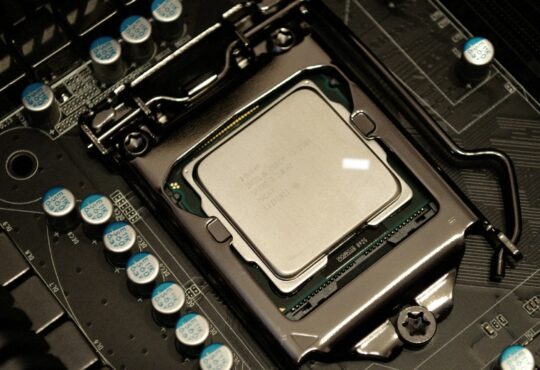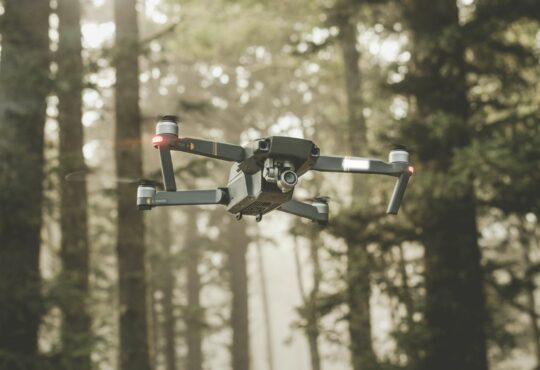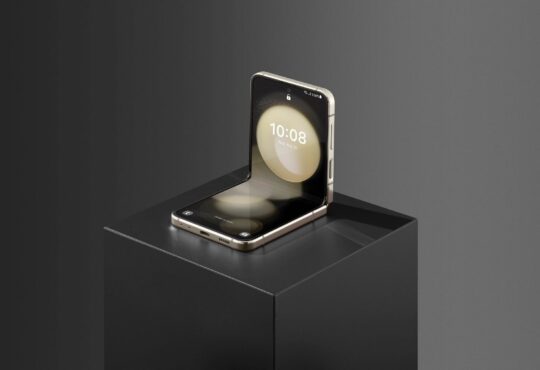It’s a fairly common problem in wintertime, every single electronic device seems to have its battery drained twice as fast. When it gets cold enough your phone might stop working entirely. So why is that? In working situations, this can become a real problem, you won’t even be able to do your job. Unless of course, you have a suitable rugged device that can handle extreme temperatures.
Why batteries drain in the cold
Most of your modern, rechargeable electronic devices are powered by lithium-ion batteries. The way they can handle both high and low currents have made them the default choice in the industry. However, when temperatures drop below the freezing point the same battery is no longer ideal.
One of the reasons for this is that lithium-ion batteries are designed to generate very little heat. The heat is generally wasted energy and no one wants their phone to turn hot when it’s used. What is usually a good thing instead increases its vulnerability to the cold. The chemical reaction that happens inside the battery starts reacting more slowly in lower temperatures and they drain faster.
Low temperatures will increase the battery’s internal resistance which in turn can lower its capacity. In other words, in cold environments, the battery won’t be releasing the same amount of energy as it usually does or retain its charge for the same amount of time. It leads to more frequent charges and since a battery’s lifetime is limited by the amount of charging cycles it has gone through, the lifetime also becomes limited.
LCD screens – the second weakest link
While batteries are affected the most by low temperatures, LCD screens are not much more resistant. The LCD screen that lights up and brings your devices to life consists of millions of pixels. Every single pixel is in turn controlled by its own transistor and the pixels are illuminated by liquid crystals which are activated by electrical shocks. When millions of them light up at once it creates the high-resolution images you are used to.
So there is chemistry involved in LCD technology as well and while it is for different reasons, this reaction does not deal well with cold either. The LCD screen is going to react slowly and create a low-resolution, laggy picture. This gets worse the colder it gets. Higher quality crystals will work in a lot lower temperatures, another reason to go for a professional device.
So what’s the solution to dealing with the cold?
It’s quite simple, ditch the consumer devices. It’s generally not recommended to use the average smartphone in temperatures below 0°C (32°F) meanwhile a rugged device is going to perform well below that. Looking at Handheld’s Nautiz lineup of rugged handheld computers, they can be used at -20°C (-4°F). That is a huge upgrade! Another added benefit is the screens that not only work in the cold but can also be navigated with gloves. Fingers are going to last longer without frostbite.





